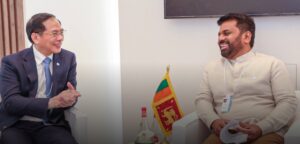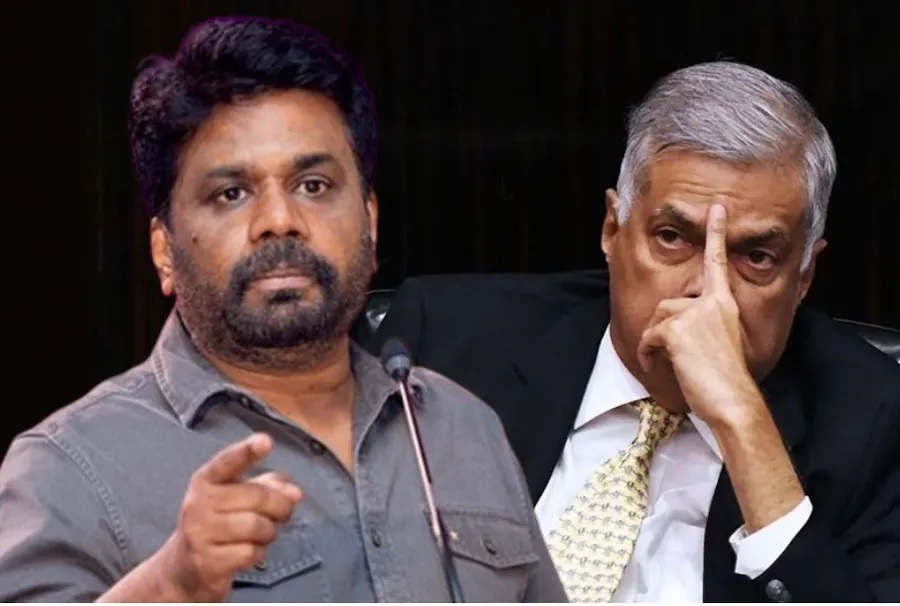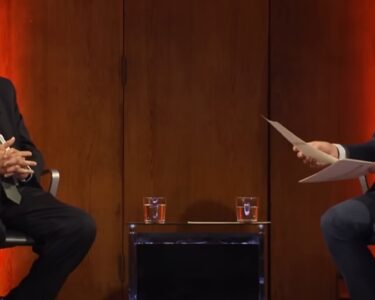Vietnam Commits to Further Strengthening Cooperation and Friendship with Sri Lanka-What is in it ?
Vietnam’s Deputy Prime Minister and Minister of Foreign Affairs, Bui Thanh Son, met with President Anura Kumar Dissanayake at the 2025 World Government Summit in the United Arab Emirates.

State media outlets reported the usual diplomatic exchanges, often characterized by broad smiles and symbolic gestures. However, beyond the formalities, discussions were held on nurturing and expanding the positive and cooperative relationship between the two nations.
President Anura Kumar Dissanayake emphasized the potential for enhanced economic cooperation between Sri Lanka and Vietnam, particularly in sectors such as agriculture, education, religion, culture, tourism, and air services. He invited Vietnamese investors to explore investment opportunities in Sri Lanka. However, beyond bilateral investment, Sri Lanka has much to learn from Vietnam.
A few decades ago, in terms of economic and social indicators, Vietnam lagged far behind Sri Lanka. It was a famine-struck, war-battered country. Today, however, the tables have turned significantly.
Vietnam’s Economic Growth and Development
Over the past few decades, Vietnam has experienced remarkable economic progress, transforming itself from a war-torn economy into one of the fastest-growing economies in the world. Vietnam’s GDP growth rate has consistently exceeded 6% annually for the past ten years. Here are key statistics that highlight Vietnam’s economic success and how it has outpaced Sri Lanka:
1. GDP Growth
Vietnam’s GDP has grown from $6.8 billion in 1990 to $409 billion in 2023 (World Bank).
In 2023, Vietnam’s GDP per capita stood at approximately $4,200, while Sri Lanka’s was about $3,600.
2. Industrialization and Exports
Manufacturing has been a key driver of Vietnam’s economy, with electronics, textiles, and furniture leading the way.
In 2023, Vietnam’s total exports reached around $360 billion, with key trade partners including the U.S., China, and Japan.
In comparison, Sri Lanka’s exports were valued at approximately $12.5 billion in 2023, with tea, textiles, and garments being the major contributors.
Vietnam has also diversified beyond traditional industries, emerging as a high-tech manufacturing hub, producing electronics and smartphones for global brands like Samsung and LG.
3. Foreign Direct Investment (FDI)
Vietnam’s FDI inflows reached $16.1 billion in 2022 (UNCTAD).
By contrast, Sri Lanka struggled to attract investments, recording only $1.5 billion in FDI in 2022, primarily due to political instability and economic crises.
4. Agriculture and Rural Development
Vietnam transformed its agricultural sector by modernizing farming techniques and diversifying exports. Today, it is one of the world’s largest exporters of rice, coffee, and seafood.
Sri Lanka, once a strong agricultural exporter, now faces severe challenges, particularly in its tea industry, due to poor management and economic crises.
How Sri Lanka Can Learn from Vietnam’s Economic Strategy
1. Economic Reforms (Đổi Mới Model)
Vietnam’s Đổi Mới reforms (introduced in 1986) shifted the economy from centralized control to a socialist-oriented market economy, encouraging private enterprise, foreign investment, and global trade.
Sri Lanka should adopt a similar approach by liberalizing key sectors (agriculture, manufacturing, and services) and creating a business-friendly environment.
2. Industrial and Export Development
Vietnam’s industrialization and export diversification have been central to its success.
Sri Lanka must invest in high-value industries, such as technology, electronics, and renewable energy, rather than relying solely on traditional sectors like tea and textiles.
3. Agricultural Modernization
Vietnam adopted modern agricultural techniques and improved infrastructure to boost exports.
Sri Lanka must modernize its agricultural sector, enhance productivity, and focus on value-added exports like organic teas, spices, and tropical fruits.
4. Foreign Investment and Trade Partnerships
Vietnam pursued global trade agreements like the CPTPP (Comprehensive and Progressive Agreement for Trans-Pacific Partnership), boosting exports and foreign investment.
Sri Lanka should enhance trade agreements and actively attract FDI by reducing bureaucratic red tape and improving investor confidence.
5. Infrastructure Development
Vietnam invested heavily in transportation, ports, and logistics infrastructure, enabling smoother global trade.
Sri Lanka must expand and modernize its infrastructure to improve connectivity and attract global businesses.
A Conversation Worth Having: Ranil Wickremesinghe and Anura Kumara Dissanayake
Former Sri Lankan President Ranil Wickremesinghe, during his presidential campaign, advocated for adopting Vietnam’s economic growth model for Sri Lanka. Although he failed to secure public endorsement, many of the economic principles he highlighted remain highly relevant.
Wouldn’t it be beneficial if Anura Dissanayake and Ranil Wickremesinghe—leaders from different political backgrounds—sat down for an honest discussion on how Vietnam’s economic strategy could be adapted for Sri Lanka? Perhaps over a cup of tea—or even a pint of beer—they could explore practical solutions for Sri Lanka’s future. After all, there’s nothing to lose and everything to gain—not just for them, but for all of us.
Ravindra Lochana








